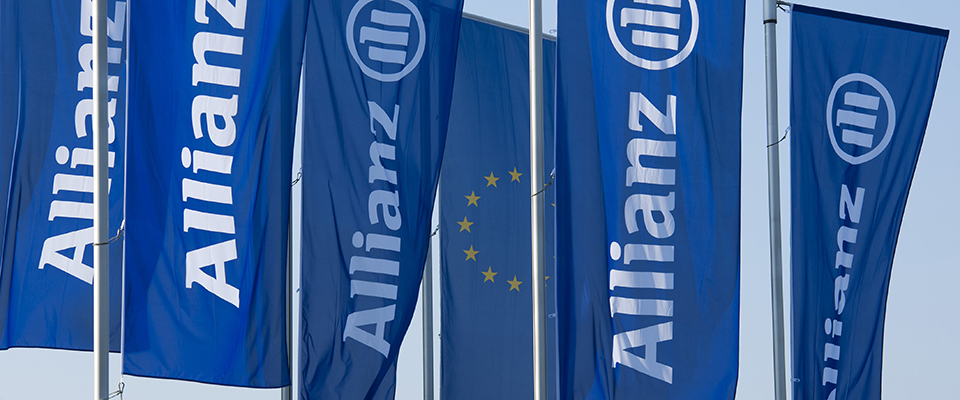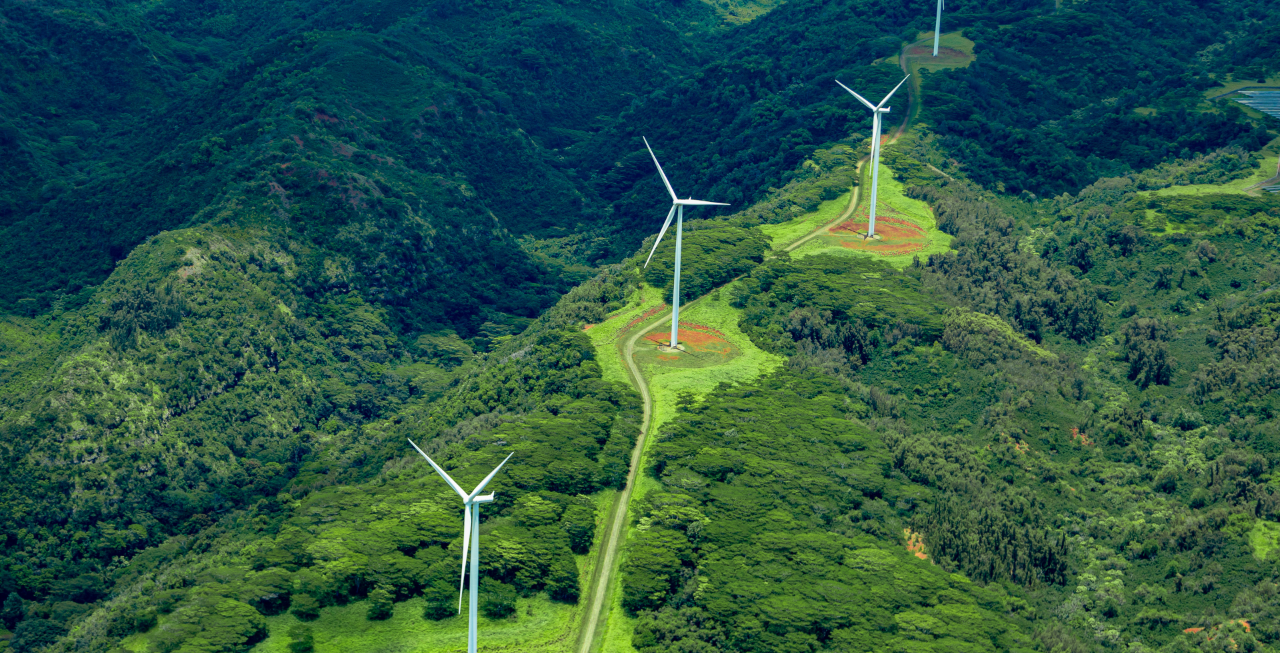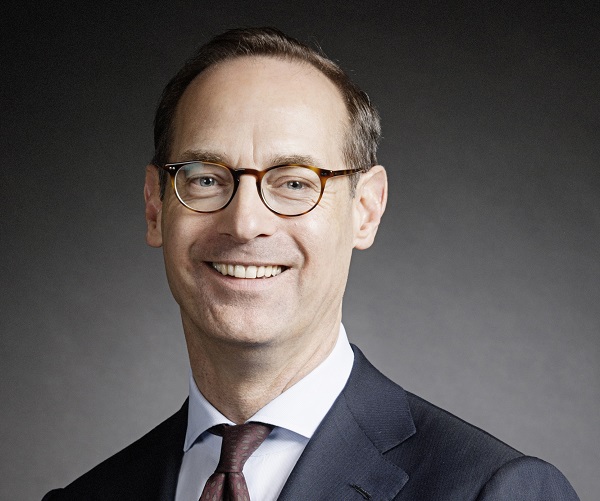It also clarifies climate change scenarios to guide members in target setting. Specifically, there are three areas of advancement. First, the Protocol has grown: infrastructure – equity and debt – is now covered, and the first steps towards sovereign debt are included. This is evidence of the will to advance the Protocol annually by adding additional asset classes.
Second, this version sets further climate targets aligned with the latest IPCC report. The first edition focused on 2020 to 2025 and recommended emissions reductions to 16% to 29%. This edition stresses reductions for 2020 to 2030 should range between 49% to 65%. It also outlines more ambitious reduction ranges of 22–32% by 2025. This shows a dramatic shift in aspiration on behalf of the AOA.
Third, the Protocol describes more granular metrics and approaches to asset classes already in scope. For example, the Protocol lists our asks of companies and asset managers in climate-related engagements. The focus is on portfolio emissions, known as Scope 3 emissions, which typically represent the majority of an asset owner’s emissions (95-97%) in their portfolios, so the inclusion is extremely helpful to members.
One concern is about the definition of net-zero. Critics say there is not yet a comprehensive definition, so there is a lot of wriggle room for companies to cut corners on how they address emissions.
dummy Race to Zero has done an excellent job describing what net zero means in terms of 1.5°C. We in the Alliance use this to detail our definition, which, as mentioned, is that net-zero means a crucial transition to a pathway to keep global temperature rise to 1.5°C.
Alliance members are changing their investment decision-making based on this, which enables them to work effectively with others on the transformation. With science-based short-term targets for portfolio emission reductions; sector emission intensity reductions; company engagement; and financing the transition, plus neutral target-monitoring established in the form of an UN-led secretariat, we have made significant first steps. However, if organizations or companies commit to net-zero by 2050 without providing details, yes, then the pledges may not mean much.
Action on climate change surely means no new oil projects, and that coal must be phased out. At COP26 governments agreed on a global phase-down of coal. How is the Alliance positioning itself towards fossil fuels?
Alliance targets must be set on scientific no and low overshoot pathways that are clear on fossil fuel-related pathways. This includes several technological phase-outs, certainly including coal. In addition, the Alliance has an explicit dummy Position on Coal phase-out, which members are adopting, a process that is ongoing and that the Alliance will accelerate.
It is important from an investment perspective to start building the infrastructure needed for a carbon-neutral economy. The dummy IEA Net Zero report shows the reduction in oil & gas demand required in the next 30 years. This can only be achieved via policy action balancing economic and climate needs with the social well-being of people across the globe. There is no need for new oil-related infrastructure in these scenarios, and the TSP reflects this.
At the AOA, we are working together because we believe it is imperative to transition to a greener economy. The AOA believes a viable and just transition must be ensured because it will involve significant disruption, and we must bear the human cost of that in mind. We also realise that there are opportunities for long-term investors arising from this transformation and want to work with governments on long-term plans to guide a transition.
Can we discuss voting rights? dummy The Sunrise Project has said that although AOA members are committed to carbon neutrality, they fail to push polluting companies to decarbonize. In particular, they contrast the pro-engagement discourse of members dummy with their voting practices on climate. Joining the Alliance does not improve members’ voting records. Is that a fair critique?
It was a good analysis and highlights the role NGOs can play. Voting is an integral part of stewardship, and we have published dummy proxy voting engagement guidelines to guide members on engaging their asset managers on their voting programs. But it is not always a simple process that can be looked at in a binary way. Each asset owner and asset manager must evaluate a proposal based on their interpretation of how it aligns with their net-zero commitment.
It must also be remembered that the first version of the TSP only came out last year. This year’s Protocol calls on asset managers to publicly commit to supporting the transition and commit their entire portfolios to 1.5°C degree alignment and net-zero by 2050. The Alliance also has various engagement approaches, with the Protocol including a list of climate-related asks of managers such as publishing their approach to integrating climate risk and opportunities. However, if the Sunrise Project conducts a similar analysis in three years and achieves the same results, we have a problem.
Concerning the future of the AOA, what are the aims? At the beginning of 2021, there were 33 institutional investors representing $5.1 trillion AuM. Now it is 70 and $10.4 trillion, respectively. However, if you look at the membership list, there are only four US-based members, for example.
We are continuing to work on recruiting and, while we do not have a growth target, 100 would be a nice figure to have at the end of 2022. We are interested in covering all regions and all countries, including the United States and China. In particular, we are having ongoing discussions with sovereign wealth funds.
We want more members not only because of the influence increasing AuM brings. It is also because of the expertise that each new member brings – that is enormously valuable. Everything we have just discussed, the TSP, the pathways, the commitments and the dedication comes from the initiative and drive of our members and their experts. We have developed world-class concepts because we have world-class experts in our ranks. And that is why we continue to welcome new members – because they enhance and refine our approach and continue to build momentum for bold climate action plans.
But the reach and influence of the AOA goes well beyond members. The TSP is the gold standard of how a group of like-minded organizations can set standards on climate ambition – not only for financial institutions but also for companies acting in high emitting sectors. Insurance companies and pension funds, our main member groups, are leading by example and others are following.


